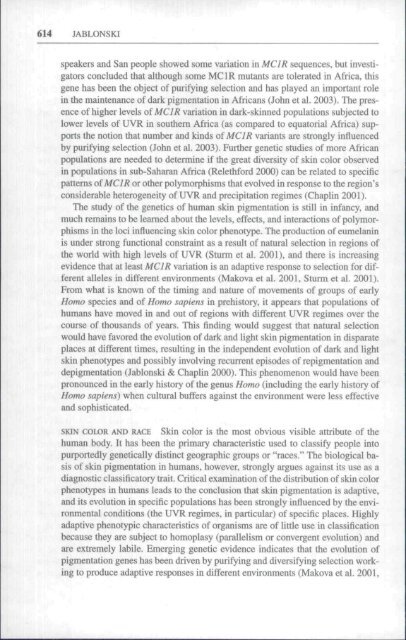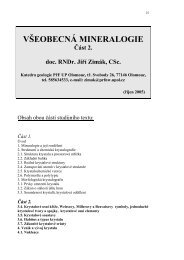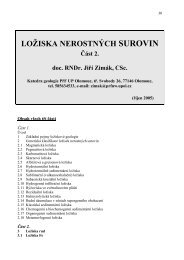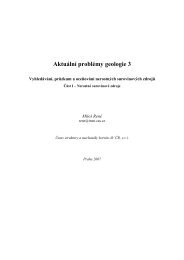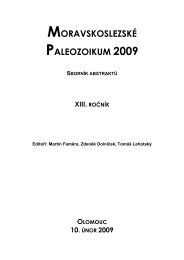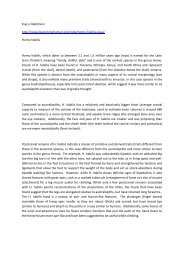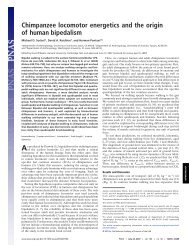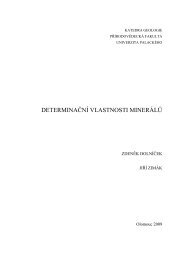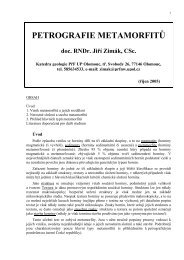THE EVOLUTION OF HUMAN SKIN AND SKIN COLOR Nina G ...
THE EVOLUTION OF HUMAN SKIN AND SKIN COLOR Nina G ...
THE EVOLUTION OF HUMAN SKIN AND SKIN COLOR Nina G ...
Create successful ePaper yourself
Turn your PDF publications into a flip-book with our unique Google optimized e-Paper software.
614 JABLONSKIspeakers and San people showed some variation in MCIR sequences, but investigatorsconcluded that although some MCIR mutants are tolerated in Africa, thisgene has been the object of purifying selection and has played an important rolein the maintenance of dark pigmentation in Africans (John et al. 2003). The presenceof higher levels of MCIR variation in dark-skinned populations subjected tolower levels of UVR in southem Africa (as compared to equatorial Africa) supportsthe notion thai number and kinds of MCIR variants are strongly influencedby purifying selection (John et al. 2003). Further genetic studies of more Africanpopulations are needed to determine if the great diversity of skin color observedin populations in sub-Saharan Africa (Relethford 2000) can be related to specificpattems of MCIR or other polymorphisms that evolved in response to the region'sconsiderable heterogeneity of UVR and precipitation regimes (Chaplin 2001).The study of the genetics of human skin pigmentation is still in infancy, andmuch remains to be learned about the levels, effects, and interactions of polymorphismsin the loci influencing skin color phenotype. The production of eumelaninis under strong functional constraint as a result of natural selection in regions ofthe worid with high levels of UVR (Sturm et al. 2001), and there is increasingevidence that at least MCIR variation is an adaptive response to selection for differentalleles in different environments (Makova et al. 2001, Sturm et al. 2001).From what is known of the timing and nature of movements of groups of earlyHomo species and of Homo sapiens in prehistory, it appears that populations ofhumans have moved in and out of regions with different UVR regimes over thecourse of thousands of years. This finding would suggest that natural selectionwould have favored the evolution of dark and light skin pigmentation in disparateplaces at different times, resulting in the independent evolution of dark and lightskin phenotypes and possibly involving recurrent episodes of repigmentation anddepigmentation (Jablonski & Chaplin 2000). This phenomenon would have beenpronounced in the early history of the genus Homo (including the early history ofHomo sapiens) when cultural buffers against the environment were less effectiveand sophisticated.SiON <strong>COLOR</strong> <strong>AND</strong> RACE Skin color is the most obvious visible attribute of thehuman body. It has been the primary characteristic used to classify people intopurportedly genetically distinct geographic groups or "races." The biological basisof skin pigmentation in humans, however, strongly argues against its use as adiagnostic classificatory trait. Critical examination of the distribution of skin colorphenotypes in humans leads to the conclusion that skin pigmentation is adaptive,and its evolution in specific populations has been strongly influenced by the environmentalconditions (the UVR regimes, in particular) of specific places. Highlyadaptive phenotypic characteristics of organisms are of little use in classificationbecause they are subject to homoplasy (parallelism or convergent evolution) andare extremely labile. Emerging genetic evidence indicates that the evolution ofpigmentation genes has been driven by purifying and diversifying selection workingto produce adaptive responses in different environments (Makova et al. 2001,


